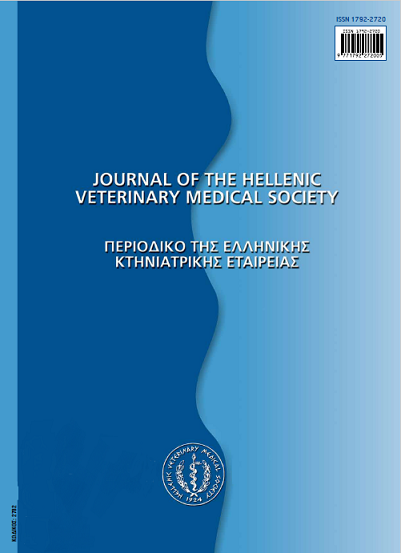Food as a passible source af H5N1 influenza virus infection in mammals
Résumé
The recent infections of humans and other mammals with die highly padiogenic H5N1 avian influenza virus have raised questions about the safety of the consumption of poultry products. The aim of this review is to collect and present information regarding the risk of infection in humans with H5N1 virus via the oral route. The presence of virus in edible poultry products and the chances for viral entry via the gastrointestinal (GI) tract, from a pathogenetic point of view, are the main focus points. The transmission of H5N1 from poultry to humans is a rare event which has been associated with very close contact with infected animals. It is generally accepted that the most likely candidate routes for the virus entry are the oropharygeal and/or respiratory tract tissues where virus replication may occur and leading to clinical symptoms. However, the low number of human cases, compared to the high number of humans that have been exposed to H5N1 virus infected animals, shows clearly that a readily accessible portal of entry does not exist. The possibility of virus entry through the GI tract has been proposed, but, so far, no proof that the virus can replicate in the human intestines has been shown. The presence of diarrhoea in several patients and the detection of viral RNA in the intestines and rectal swabs of 3 patients do not allow one to safely conclude that the GI tract can serve as a portal of entry or a target organ. Furthermore, the occurrence of disease has not clearly or definitely been associated with the consumption of poultry meat in any human case. Feline species, on the other hand, have been naturally and experimentally infected after the consumption of infected poultry. However, also in these mammals, it was not established that the intestine is the initial portal of entry of the virus. In conclusion, the possibility that the intestinal tract serves as a portal of entry in mammals remains unlikely, since there is no convincing evidence that the GI tract tissues can support virus replication. It can, however, not be excluded that food containing virus may be a source of infection when passing oropharyngeal tissues, which have been identified as target sites for virus replication.
Article Details
- Comment citer
-
PENSAERT, M., KYRIAKIS, C. S., & van REETH, K. (2017). Food as a passible source af H5N1 influenza virus infection in mammals. Journal of the Hellenic Veterinary Medical Society, 58(3), 220–231. https://doi.org/10.12681/jhvms.14987
- Numéro
- Vol. 58 No 3 (2007)
- Rubrique
- Short Communication
Authors who publish with this journal agree to the following terms:
· Authors retain copyright and grant the journal right of first publication with the work simultaneously licensed under a Creative Commons Attribution Non-Commercial License that allows others to share the work with an acknowledgement of the work's authorship and initial publication in this journal.
· Authors are able to enter into separate, additional contractual arrangements for the non-exclusive distribution of the journal's published version of the work (e.g. post it to an institutional repository or publish it in a book), with an acknowledgement of its initial publication in this journal.
· Authors are permitted and encouraged to post their work online (preferably in institutional repositories or on their website) prior to and during the submission process, as it can lead to productive exchanges, as well as earlier and greater citation of published work.




